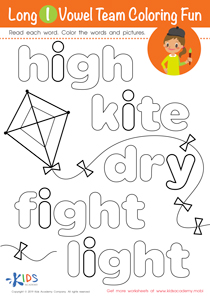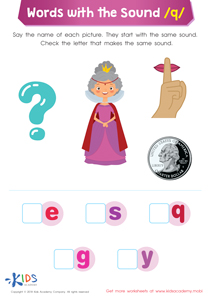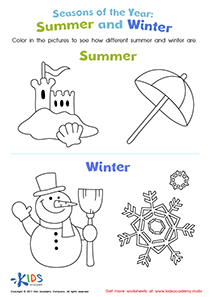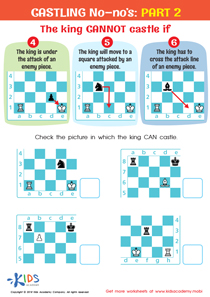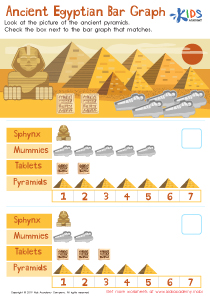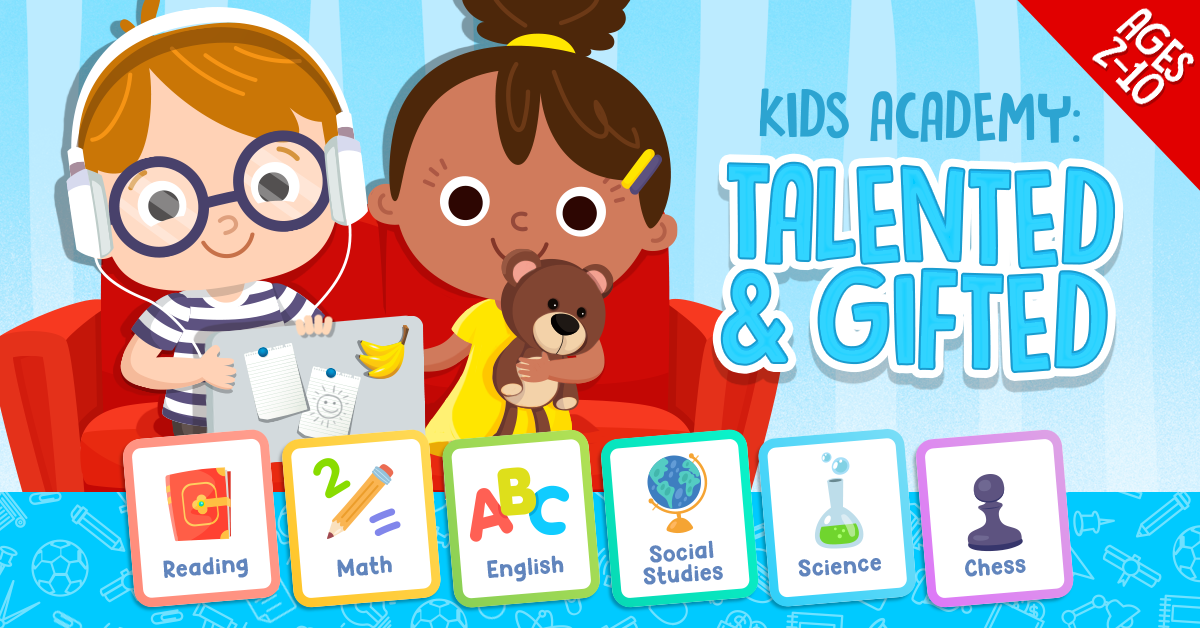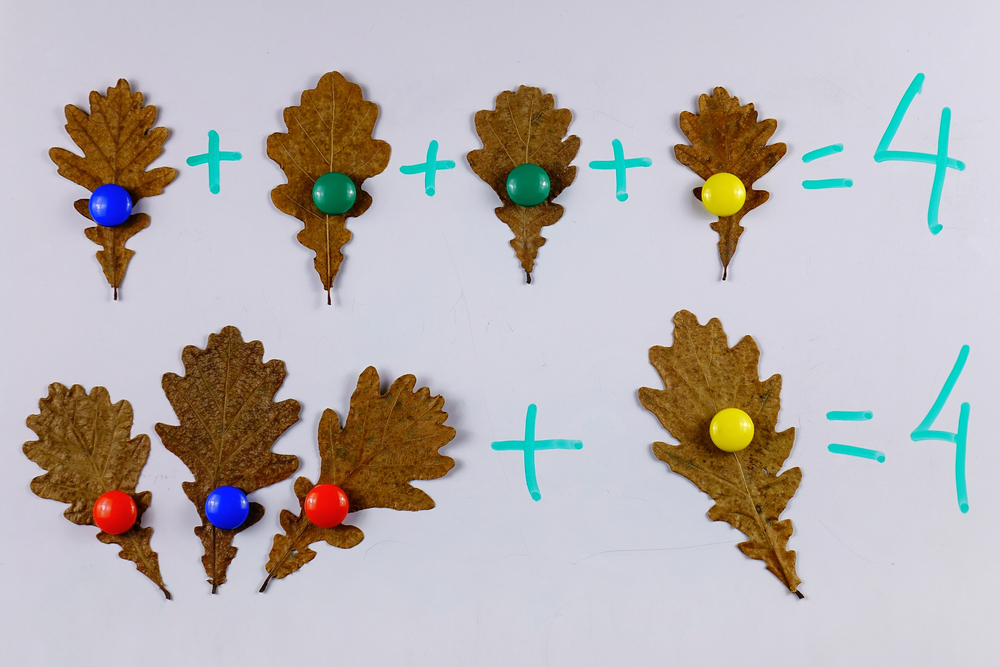Foundational Reading Lessons | Letter Sound Relationships, Grade 1
0 results
Our Letter Sound Relationships Lessons are the perfect addition to your Grade 1 curriculum. These interactive worksheets and educational videos focus on teaching letter sound relationships to young learners. Children will learn to recognize, read and write words with ease. Our engaging and entertaining lessons also includes assessment quizzes to help gauge their progress. Additionally, our lessons are designed in a way that makes learning fun for children, making it easier for them to retain information. Start your child's educational journey on the right path with our Letter Sound Relationships Lessons.
Letter Sound Relationships Lessons: A Tool for Success
Learning to read is one of the most important skills for any child to acquire. For most of them, the process is not always easy, but it can be made easier with the right tools and guidance. This is where the Letter Sound Relationships lessons come in handy. These interactive worksheets and videos are designed to help children understand the connection between letters and sounds, a crucial component in learning how to read. In this text, we will explore how these lessons can be helpful to kids in their studies.
First and foremost, Letter Sound Relationships lessons help children understand that each letter of the alphabet represents a sound. From a young age, children start recognizing letters, and through these lessons, they learn how to associate the letters with their corresponding sounds. This knowledge sets the foundation for reading, as children can begin to decode words by sounding them out and recognizing the letters that form them.
The interactive worksheets provided in these lessons are designed to engage children in fun activities that enable them to recognize and distinguish between different sounds. Children learn how to identify initial, middle, and ending sounds in words. Such activities can be helpful for children, as they learn how to connect the sound they hear to the letter that represents it. This skill is particularly useful for children with speech and language delays, as it helps them improve their articulation.
Furthermore, Letter Sound Relationships lessons help kids develop essential reading skills, such as phonemic awareness. Phonemic awareness is the ability to hear and manipulate individual sounds in words. Through these lessons, children learn how to blend sounds to form words, segment words into individual sounds, and manipulate these sounds to create new words. By developing these skills, children become more fluent readers and better able to comprehend and analyze texts.
The educational videos provided in these lessons are also beneficial to children's learning. Videos provide visual clues, creating a multisensory learning environment that is much more engaging for children. These videos can help children internalize the letter-sound relationship, as they watch and listen to words being pronounced, and letter sounds being matched to the corresponding letters.
Finally, assessment quizzes accompanying the Letter Sound Relationships lessons can help parents and teachers gauge children's progress in learning. These quizzes are useful as they provide a way for adults to identify areas in which children are struggling, allowing them to provide extra support and resources to help children improve.
In conclusion, Letter Sound Relationships Lessons are an essential tool for children's learning.

